
Batch cooking has grown in popularity in recent years, particularly among busy people who want to eat healthily but are short on time. In fact, according to a survey by the Agriculture and Horticulture Development Board (AHDB) 63% of adults are regular batch-cookers. The survey respondents stated that it enables them to make savings of around £60 per month on food costs. So, batch cooking helps to save both time and money! And, what’s more, it can help to kickstart a healthier way of living. Let’s take a closer look at some of the benefits behind batch cooking and how to get started.
What is batch cooking and why should you try it?
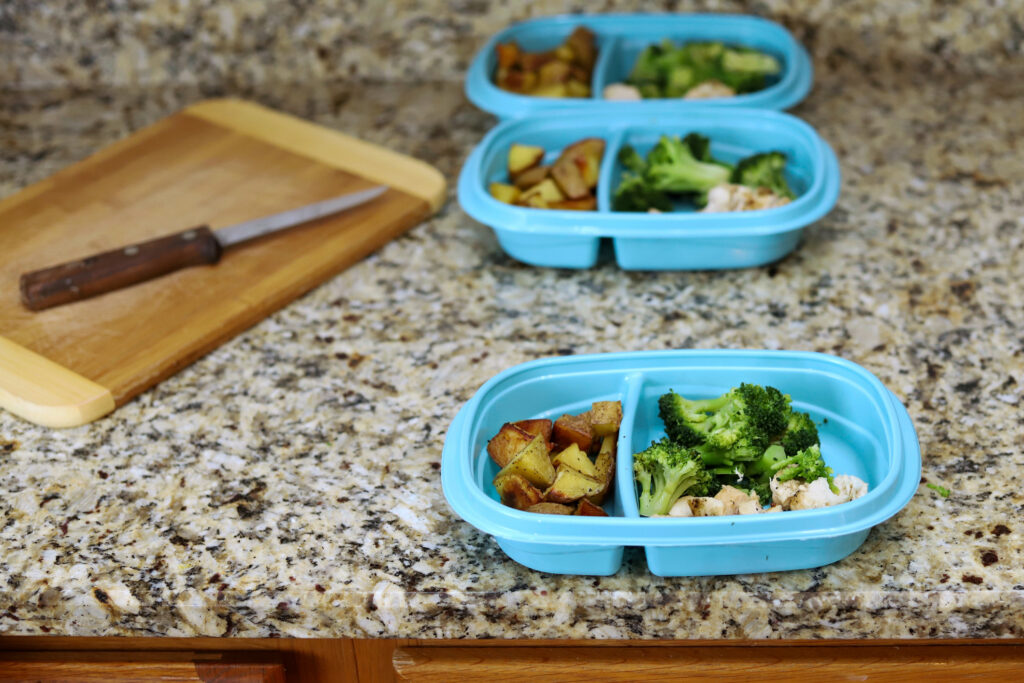
The idea behind batch cooking is to prepare and cook large amounts of food in advance for later use. The food is cooked in bulk, usually by multiplying the ingredients for a recipe. It is then portioned up and kept in the fridge or freezer for when it is needed.
It’s a simple but very effective way of saving time and money, reducing food waste and encouraging healthy eating. Not only does it reduce the need for daily food preparation, but it reduces food waste by using up ingredients efficiently. This method of cooking requires buying ingredients in bulk, which is a budget-friendly approach.
Batch cooking also encourages healthier eating because you will have stored up an arsenal of pre-prepared meals that are ready to go, reducing the temptation to reach for convenience foods or takeaways when you are tired and hungry. Portion control is so much easier too, as you won’t be tempted to have seconds! Essentially you are creating your own ready meals, but you have control over the ingredients that go into them. A lot of convenience foods are high in salt, sugar and saturated fat, but you can avoid this by making your own.
Your batch cooking starter kit: What you’ll need
Before you get started with batch cooking, take some time to think about meals you would like to cook. Try to include a good mixture of healthy protein, vegetables, whole grains and pulses for the most balanced and nutritious meals. Think about what type of recipes work well when made in bulk. Also, consider which types of meals are suitable for freezing and reheating. (More on that later.) Here are some examples of easy batch cooking recipes that make good freezer-friendly meals:
- Casseroles, soups and stews
- Bolognese, ragu and chilli
- Cottage pie and shepherd’s pie
- Lasagne
- Curries
- Tagines
- Pasta bakes
- Veggie or bean burgers
Essential equipment for batch cooking
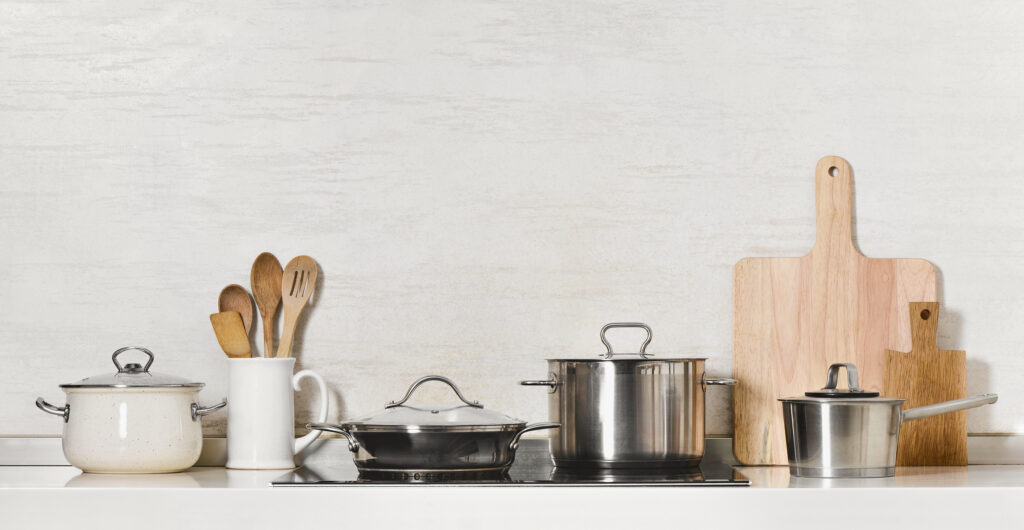
Once you have chosen your recipes, you will need to put together a shopping list of all the ingredients you’ll require. Check your cupboards and fridge first to make sure you don’t order anything you already have! Whilst you are food shopping, you might also want to purchase a few key items of kitchen equipment which will help to streamline the batch cooking process. Here are a few suggestions:
- Large pots and saucepans – It’s essential to have larger-sized saucepans when you are cooking in bulk.
- Good quality, sharp knives – These are absolutely essential for chopping, slicing and dicing your ingredients. You might also want to invest in a knife-sharpener.
- A blender and/or food processor – These kitchen items will come in very handy for preparing large quantities of soup, sauces or purees.
- Storage containers – Look for containers that are strong, airtight and freezer-safe as you will be portioning up your meals and storing them in these containers.
- Labels – These are so that you can label all your containers with the name of the meal and the date on which it was prepared.
First-time batch cooking: Easy recipes to get you started
Need some inspiration for easy batch cooking recipes? Try some of these nutritious dishes from the Real Foods recipe archive:
From casseroles to soups and stews
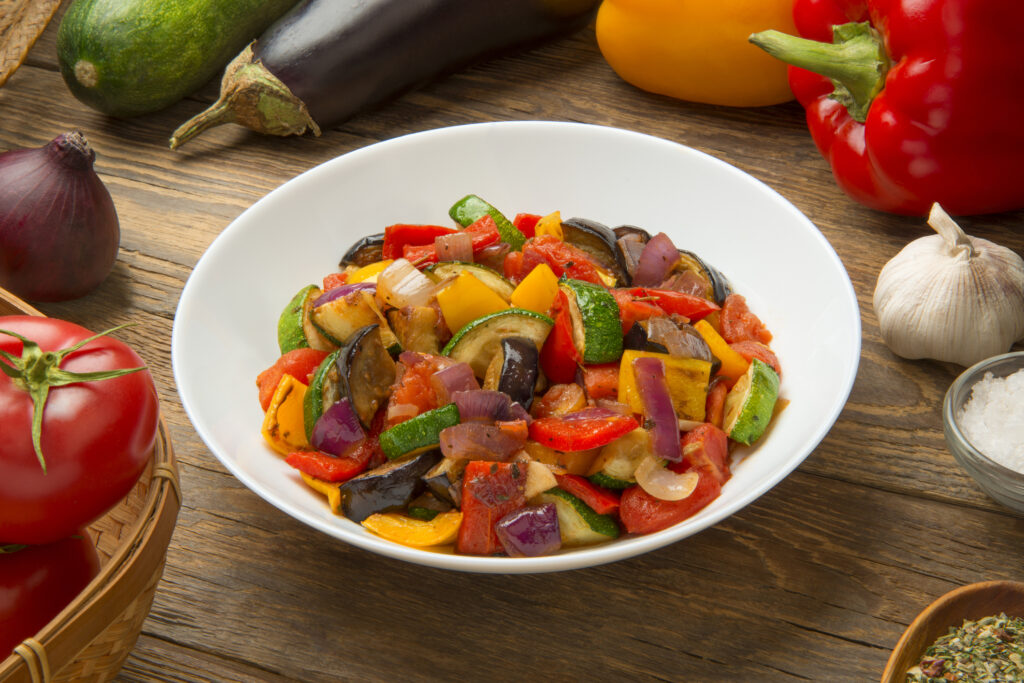
Casseroles like this simple veggie recipe are just ideal for batch cooking. This Puy Lentil and Smoked Tofu Casserole is also a great high-protein, vegan recipe. The lentils go well with the smoky flavour of the tofu, and it works equally well as a lunch or dinner recipe.
This Roasted Tomato Soup has a wonderfully intense flavour, making for a delicious lunch option. It’s so simple to make but you will need a blender. For another lunch option with a real kick, try this Hot and Spicy Sweet Beetroot Soup.
For a wholesome, filling dinner, why not try this Aubergine and Aduki Bean Stew? Or for a taste of France, you can’t beat this Organic French Ratatouille, which is a traditional recipe from the Nice region of Provence. Both are easy to prepare and will work well in batch cooking.
Chillis to tagines
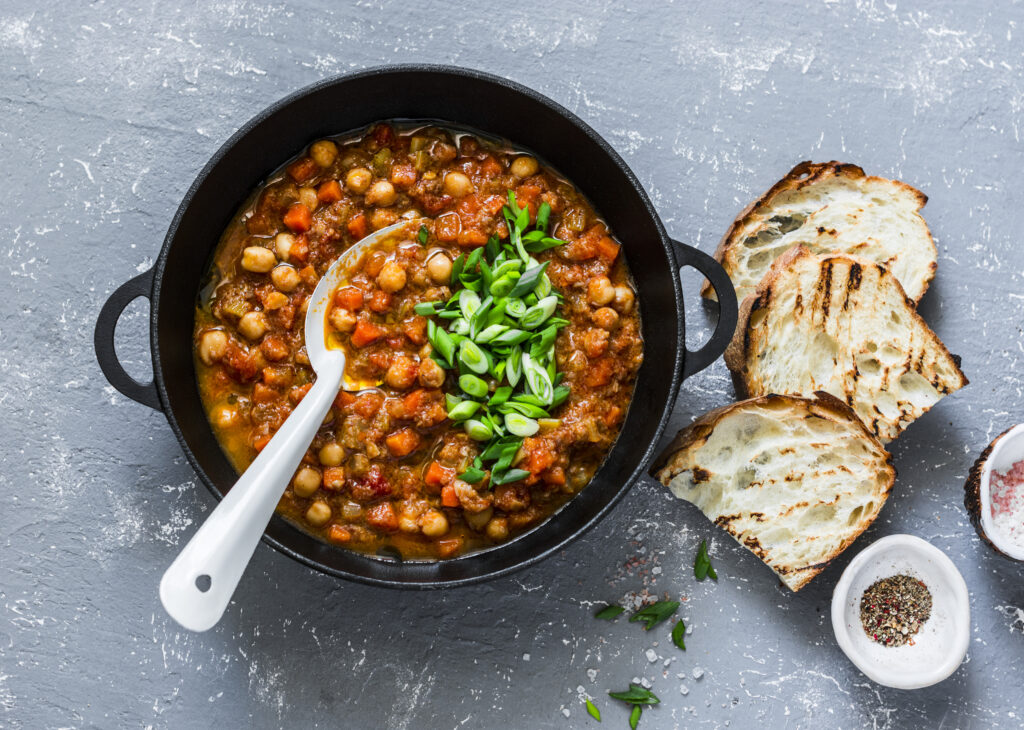
This Vegetable Chilli will help to keep you feeling full, thanks to the rich protein content. Another filling option is this One Pot Vegan Mexican Kamut Chilli, which is ideal if you have a slow cooker.
This Cottage Pie is the ideal batch cooking recipe for winter evenings, as is this Vegan Shepherd’s Pie. Perfect for when the weather is chilly and the nights are drawing in.
Conjuring up a taste of Morocco, this Chickpea Tagine is a really tasty dish that requires very little preparation.
Recipes for all the family
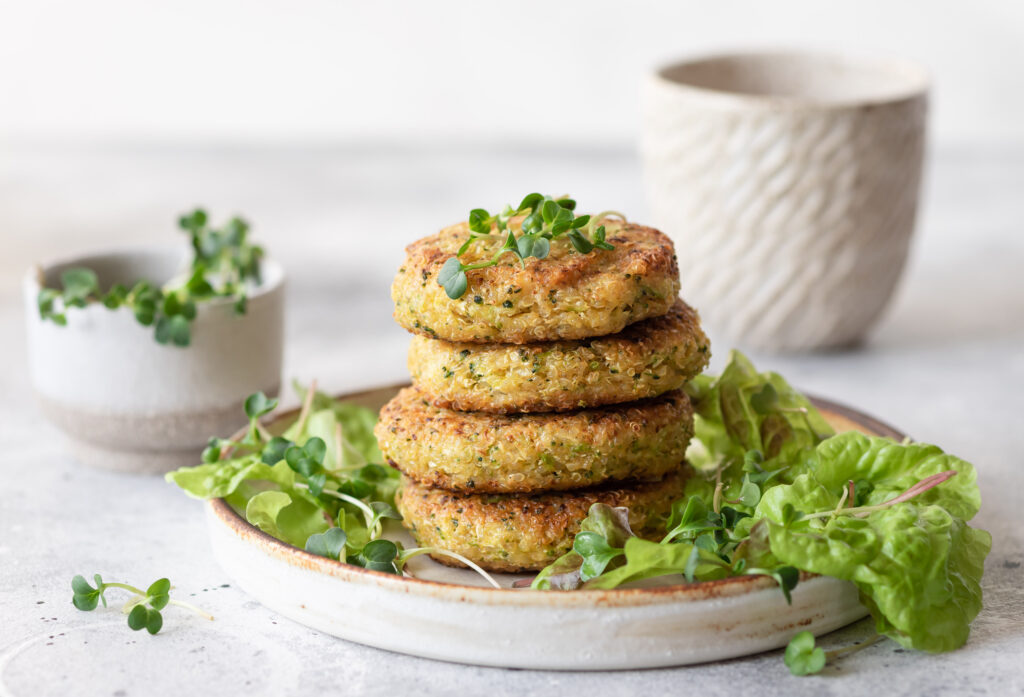
Here’s a recipe for batch-cooking aficionados. Start off by making your own homemade tomato sauce, and then use it in this Vegan Tofu Lasagne. It might take a little while, but the results are super nutritious and more delicious than any store-bought ready meal! These Vegan Quinoa Bean Burgers are absolutely ideal for making in bulk and then freezing for a great mid-week dinner. Children are sure to love them.
Sweet treats
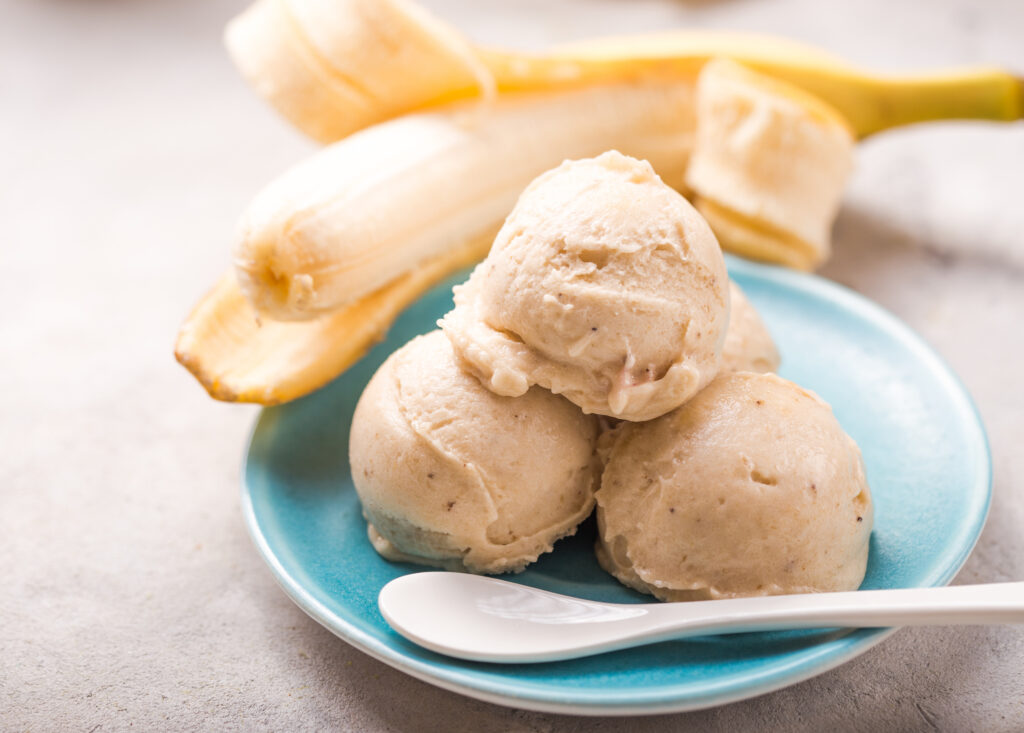
Desserts can be batch cooked too, so those with a sweet tooth won’t miss out. This Low Fat Mixed Berries Frozen Yoghurt is a real winner. Or how about whipping up a batch of this Raw Vegan Banana Camu Camu Ice Cream? Another dairy-free ice cream option is this Pistachio Crunch version.
Top 5 batch cooking tips for effortless meals
- When you are meal planning, try to think of recipes that are versatile and can be repurposed. For example, you could make a huge pot of Bolognese sauce which you then use to make a chilli, a lasagne and a pasta sauce. Or you could roast a big tray of vegetables which you then use as side dishes or add to salads and pasta.
- Again when you are meal planning, look for recipes that require minimal hands-on time. Dishes that involve roasting, slow cooking or using a pressure cooker will all help to save time spent in the kitchen.
- Maximise your workspace, especially if you have a small kitchen. Before you start cooking, spend a little time arranging your work area and laying out all the tools and utensils you will need.
- A quick, time-saving cooking tip is to prepare and chop up all your ingredients before you start cooking. This will also help to keep everything organised if you’re short on space.
- It’s worth investing in good quality storage containers for your batch cooked meals. Look for stackable varieties that will take up as little space as possible in your freezer. And don’t forget to label them with the name of the dish and the date it was prepared.
From freezer to table: Points to bear in mind when batch cooking
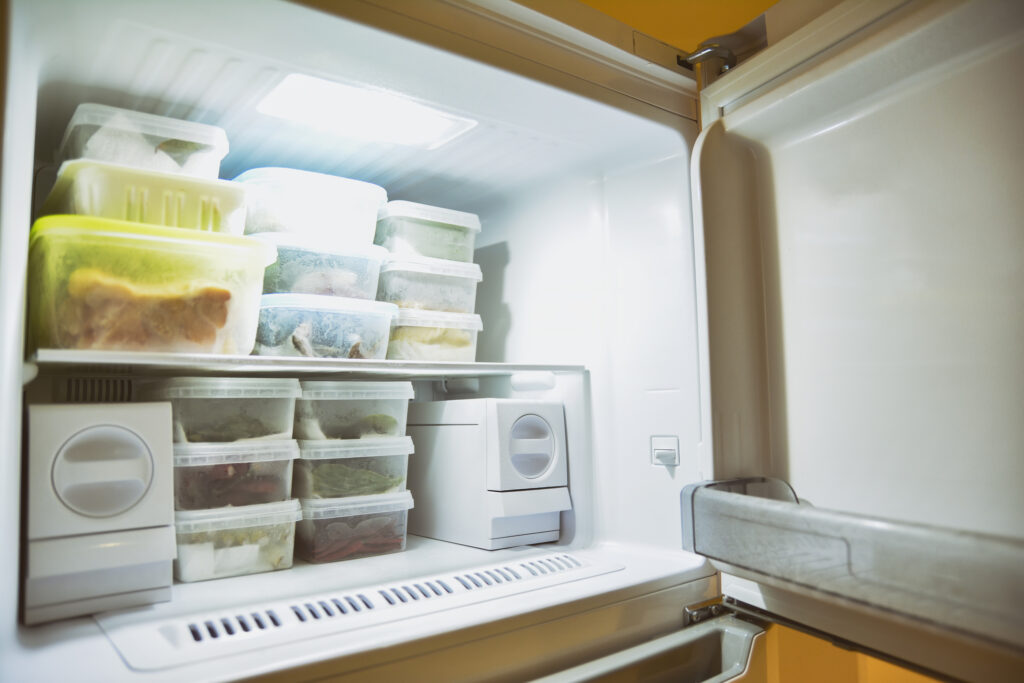
Most foods are suitable for freezing, but there are a few safety points to keep in mind when you are batch cooking. Here are some guidelines from the NHS for when you are cooking, freezing and reheating foods:
- Do not keep leftovers for any longer than two days.
- Cool your cooked dishes as quickly as possible before placing in the fridge or freezer. Within one or two hours is best. Dividing the food into portions will help to speed up the cooling process.
- You can freeze most types of food, but bear in mind that fresh fruit and salad vegetables have a high water content and will be affected by the cold. They can be frozen but are better stored in the fridge.
- Make sure that foods are stored in airtight containers or freezer bags.
- Food should only ever be reheated once. Each time a food is cooled and reheated increases the risk of food poisoning.
- After a food has been defrosted, it must be consumed or disposed of within 24 hours.
Reheating Your Batch-Cooked Meals
Efficient and safe reheating is essential for enjoying your batch-cooked meals:
- Defrost frozen meals in the refrigerator or using a microwave’s defrost setting.
- Reheat using the oven, microwave, or on the stovetop, ensuring that the meal is heated thoroughly to a safe internal temperature.
- Reheat only the amount you plan to eat to maintain quality and safety.
- To prevent dryness, add a little water or broth when reheating dishes like rice or pasta.
- Enhance flavour by topping reheated meals with fresh herbs or a squeeze of lemon.
Hopefully these tips will have helped you to feel confident enough to start on your batch cooking journey. With a bit of planning and preparation, batch cooking will help to save time and money, and provide you with a source of delicious and nutritious meals whenever you need them!







